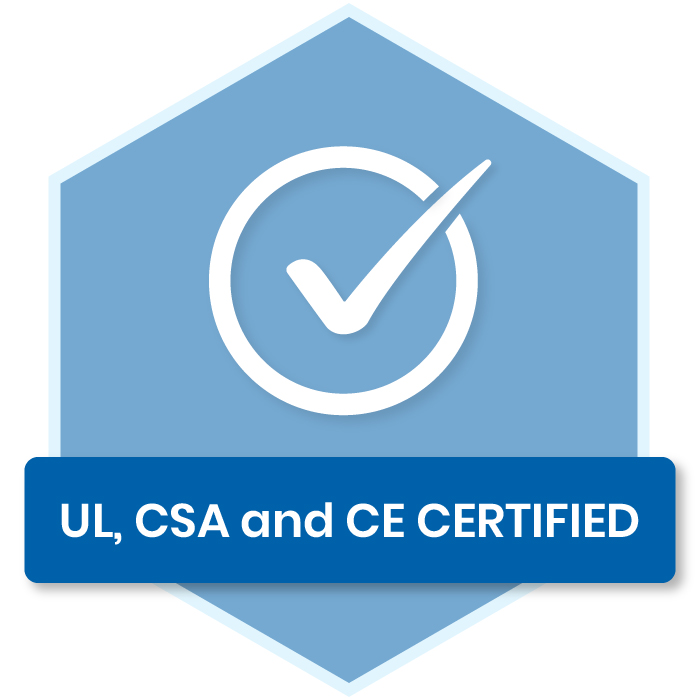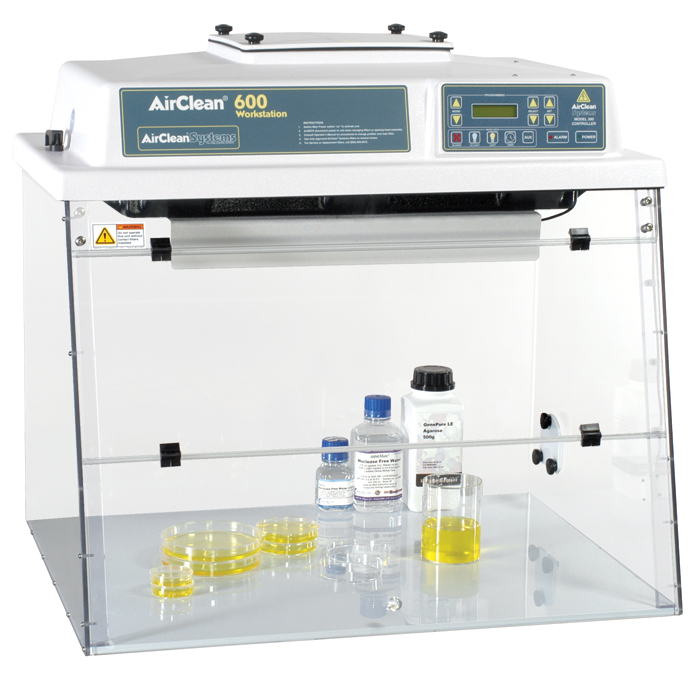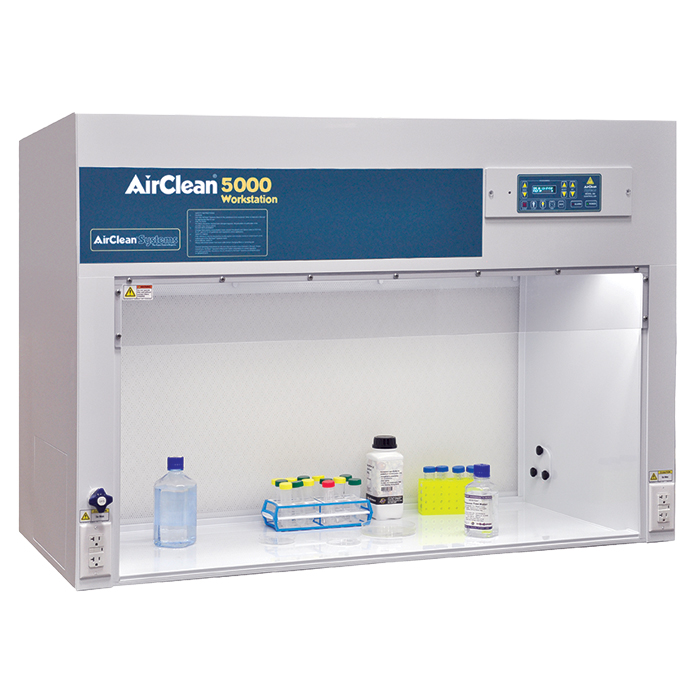
Intravenous Therapy and Admixture Compounding.
What is IV therapy?
Intravenous (IV) therapy has become commonplace in hospitals with up to 90% of hospital patients receive IV therapy at some point during their stay1. Some healthcare systems have even introduced in-home IV therapy programs for patients requiring long-term treatments. More recently, wellness centers and medical spas have also started offering IV fluids to their members. During treatment, fluids, medicine, nutrition, or blood are delivered directly into the blood stream by inserting a small catheter into a vein or artery. Catheters for IV therapy should only be placed by a trained medical professional to prevent infection at the insertion site, an embolism, or other adverse event. IV therapy can be used for many purposes that are largely determined by the contents of the IV fluid. The most basic IV fluids include solutions of saline, glucose or combinations of saline with buffers or electrolytes. However, many treatment regimens require additional medications or nutritional components to be added to one of these base solutions. These more complex fluids can be purchased pre-mixed or can be mixed by a licensed pharmacist or in some situations, other medical professionals to create an IV admixture. IV admixture mixing or compounding is a common practice in hospital pharmacies. Some medications are not stable in liquid form and must be stored as powders that are mixed with a diluent prior to addition to an IV fluid/bag. Alternatively, a patient’s treatment plan may require a particular mixture or dosage of medication(s) that is not commercially available.
USP 797 and the risks of compounding
Admixture compounding to prepare IV fluids is considered a form of drug compounding and must adhere to requirements for sterile compounding provided in United States Pharmacopeia (USP) standard 797. USP 797 requires that pharmacists have a designated cleanroom containing a primary engineering control (PEC) that is utilized for the entirety of the compounding process. PECs including laminar airflow workbenches/hoods, compounding aseptic isolators (CAIs), and compounding aseptic containment isolators (CACIs) are critical to help prevent contamination of the IV fluid during the compounding process. Microbial contamination of IV fluids can lead to severe infection, sepsis, and/or septic shock, which has a mortality rate of approximately 20-50% depending upon the study and survival period examined. Further, the use of a properly cleaned PEC also prevents cross-contamination of the IV fluid and medications with other compounds in the area or room. Cross-contamination can result in drug interactions and compromise patient safety.
Laminar flow hoods: horizontal or vertical laminar airflow?
PECs used for compounding must provide an airflow that meets ISO Class 5 standards; that is no more than 3,520 particles (0.5µm or larger) per cubic meter. To meet these standards PECs are fitted with high-efficiency particulate air (HEPA) filters to remove particles from air coming into the workspace. In the case of laminar flow hoods, the flow of air may be a vertical or horizontal as both horizontal and vertical laminar flow hoods are designed to protect the process, not the operator. Air flows into the hood either through the top or back, where it is HEPA filtered prior to entering the workspace. The air from the workspace is then exhausted through the front of the hood near the operator. Thus, these types of laminar flow hoods cannot be used for compounding hazardous chemicals such as chemotherapy medications. The decision to utilize a hood with horizontal vs. vertical airflow hood is largely up to the pharmacy. Horizontal laminar flow hoods generally have a larger opening that is less restrictive to operator movement, while vertical laminar flow designs tend to utilize a front sash, creating a smaller workspace opening. However, the sash in a vertical laminar flow may provide slightly more protection from potential splashes and may be closed following use and cleaning to prevent airborne particles from entering the workspace. Therefore, the choice between a horizontal and vertical laminar flow hood is dependent upon the operator, work area, and environment.

IV Bag Preparation in an AirClean Systems Vertical Laminar Flow Workstation.
References
-
1. Bahl, Amit et al. Ultralong Versus Standard Long Peripheral Intravenous Catheters: A Randomized Controlled Trial
of Ultrasonographically Guided Catheter Survival. Annals of Emergency Medicine, 2020;76(2):134-142.
https://www.annemergmed.com/article/S0196-0644(19)31383-6/fulltext


